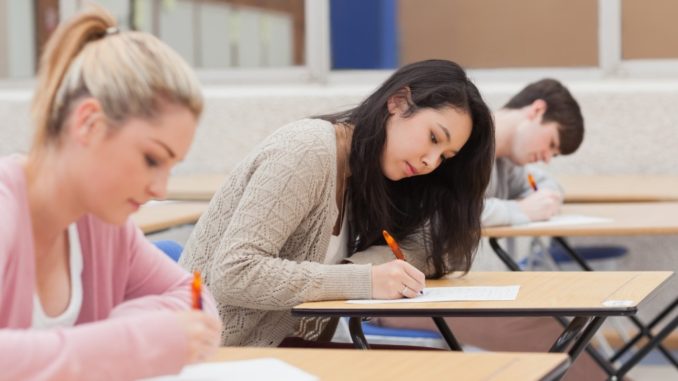

If you look at a student’s performance and break down the reasons for their noticeable decline, you would almost always see a common element: stress. Physical, emotional, mental, and relational stress can have a serious blow to a student’s grades. More often, relief from taxing life demands is something personal; something a student would have to find on their own. If you want to set up your students for success, you must set up an environment yourself where they can de-stress. It is actually quite easy. Here are some effective ways:
Let them move
Time and time again, research proves that exercise reduces anxiety and stress. Plus, it induces endorphins, which help in putting your students in good mood, the ideal state of mind for learning. Why not incorporate a few easy exercises in your class? Dedicate time for a little bit of stretching, walks around the room, or simple games after a lesson.
Consider equipping rooms with fitness gear, like exercise balls and stationary bikes. Some schools incorporate the latter, given that lots of studies show that cycling is particularly helpful in boosting the learning capabilities of students. You may also extend the ‘equipping’ to the outdoor spaces of your campus. Ensure that your playground has safe, high-quality recreational equipment. Assign spaces for bike shelters so children would be enticed to bike to school. If you have limited outdoor space, there are bike shelter manufacturers that can create solutions fit for your specific needs.
Go outdoors
Every once in a while, hold your class outdoors. Studies show that exposure to nature can relieve anxieties and promote well-being. Moreover, it helps students be more engaged in class and retain information better. Whenever a lesson presents itself relevant for exploring the outdoors, go take your class outside.
Spend time at your campus garden. Have them sit at the grass while you talk about the life cycle of frogs. Encourage them to literally ‘stop and smell the flowers’. This will not just shake off the stress, but also make your lessons more real to them. Of course, just make sure that pupils are well protected from harsh weather elements. Consider adding shades or shelters around the campus, which could serve as outdoor classrooms.
Reduce the clutter

Classroom decorations are good inspirations for creativity, but too much of it can backfire. According to studies, too many visual displays have a negative impact on learning because it affects memory, concentration, and stress levels. As much as possible, get rid of clutter in your surroundings. Invest in high-quality storage areas to keep away stuff.
Display only the recent works of your students. Let them take their dioramas and paintings home a week after that activity. As for the informative materials, like multiplication table charts, alphabet lists, classroom rules, just dedicate one corner for them. Do it ideally at the back of your room, so students will not be distracted when classes are ongoing. Take note also of the use of colours, as this can easily make for visual clutter. While elementary students thrive in bright hues, middle-school and highschool students may find them stress-triggering.
Stress can negatively affect your students’ performance. Unfortunately, it is an inevitable part of school life. Fortunately, though, there are various ways to counter it and live peacefully with it.
